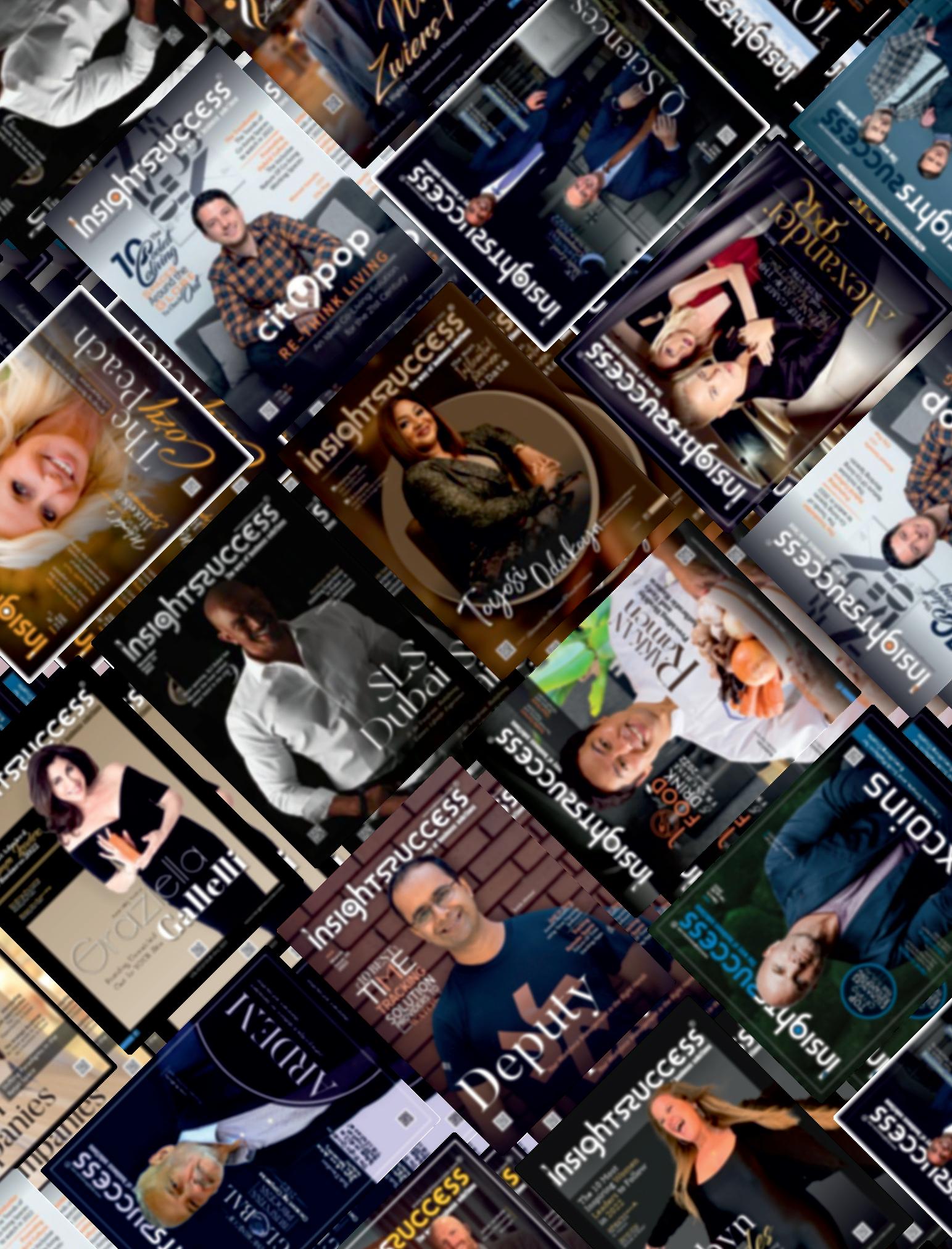M O ST CHARISMATIC ENTREPRENEURS TO KNOW IN THE USA

RickInatome Chairman,LémanManhattan PreparatorySchooland Founder,CollegioPartners


RickInatome Chairman,LémanManhattan PreparatorySchooland Founder,CollegioPartners

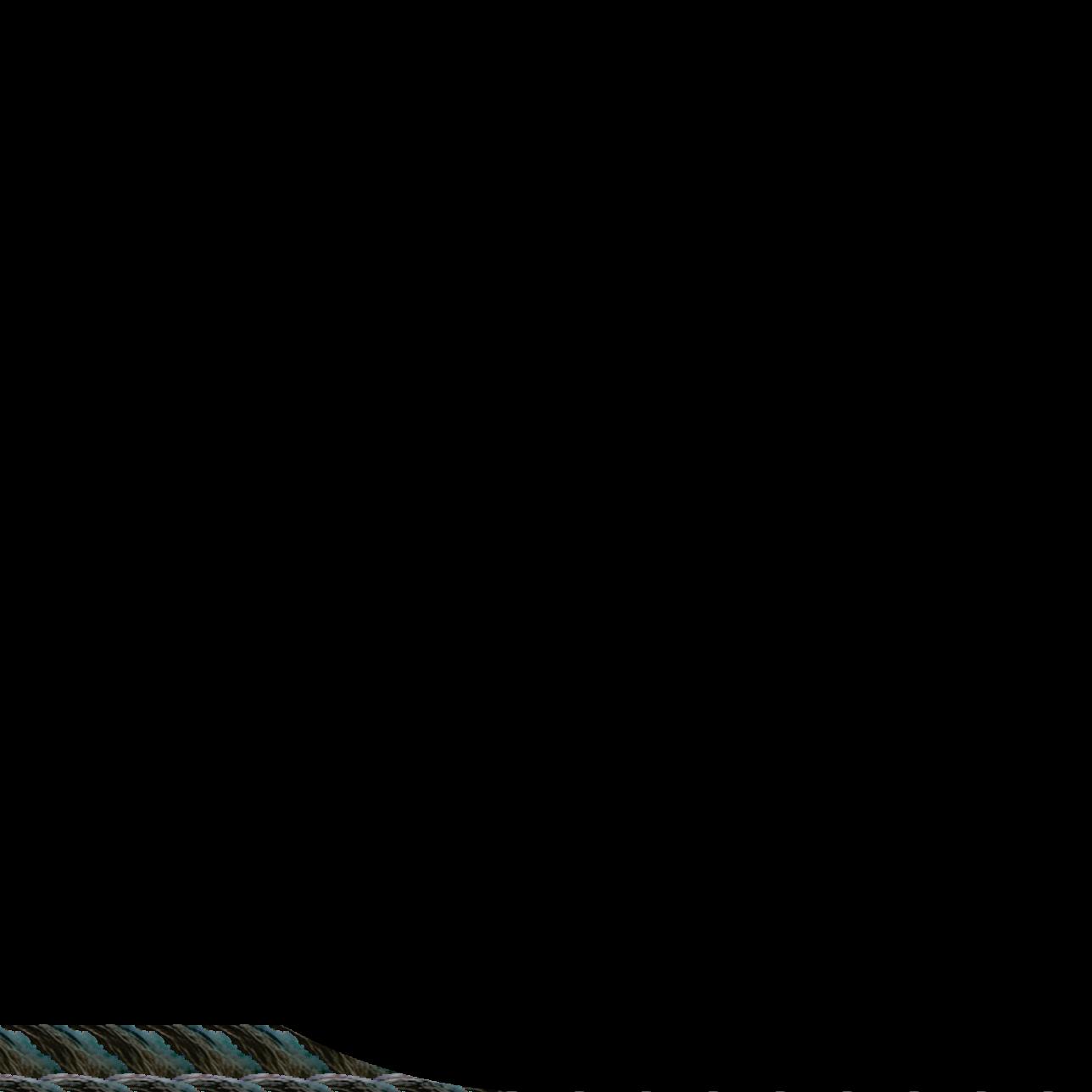


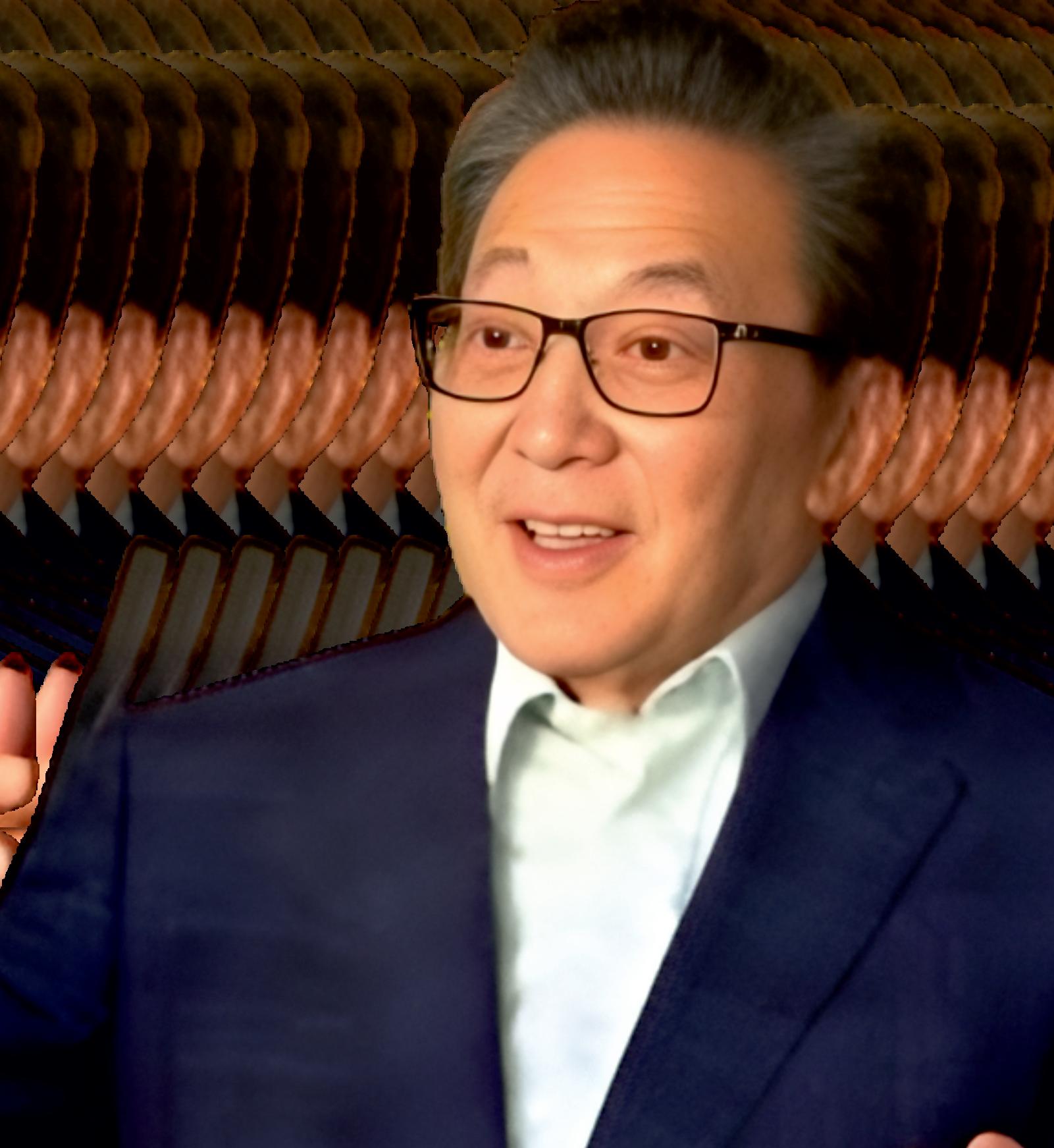


REGISTER NOW BECAUSE YOUR STORY DESERVES THE SPOTLIGHT THE UPCOMING EDITION OF SCAN THE QR CODE GET FEATURED IN INSIGHTS SUCCESS MAGAZINE
Intheever-evolvinglandscapeofAmericanbusiness, entrepreneurshipisnotjustdefinedbyfinancialsuccessor marketdominance—itisalsomeasuredbytheabilitytoinspire, influence,andignitechange.Charisma,oftenseenasanintangible quality,playsacrucialroleinshapingleaderswhoarecapableof transformingindustries,buildingiconicbrands,andrallyingteams aroundasharedvision.Itisthisuniquecombinationofvision,drive, andmagneticleadershipthatdistinguishestheentrepreneursfeatured inthisedition.
Ourcarefullycuratedlisthighlightsindividualswhoseentrepreneurial journeysembodymorethanstrategicacumen—theyexemplifytheart ofstorytelling,thepowerofpersuasion,andthecouragetoinnovate inthefaceofuncertainty.Fromtrailblazersintechnologyand healthcaretopioneersinsustainablebusinesspractices,theseleaders demonstratethatcharismaisnotmerelyapersonaltraitbuta professionalassetthatinspirestrust,mobilizescommunities,and fostersenduringimpact.
Whileeachentrepreneur’sstoryisdistinct,acommonthreadunites them:arelentlesspursuitofmeaningfulchange.Theirinfluence extendsbeyondboardroomsandbalancesheets,touchingthelivesof employees,customers,andsocietyatlarge.Theychallenge conventions,embracecalculatedrisks,andcultivateorganizational culturesthatthriveoncollaboration,creativity,andresilience.In doingso,theyredefinetheverynotionofleadershipincontemporary business.
Thisfeatureaimstogobeyondaccoladesandmetrics,offeringreaders insightintothequalitiesthatmaketheseentrepreneurstruly charismatic.Itcelebratestheirabilitytocombineinnovationwith empathy,strategywithauthenticity,andambitionwithpurpose.In profilingthesevisionaries,wehopetoinspireemergingleadersto harnesstheirownuniquestrengths,leadwithintegrity,andleavea lastingimprintontheAmericanentrepreneurialecosystem.
Asyouexploretheseremarkablestories,considernotjustthe businessestheyhavebuilt,butthepersonastheyembody—the confidence,charm,andvisionthatenablethemtoturnideasinto movements.Theseentrepreneursremindusthattrueleadershipisas muchaboutconnectionandinfluenceasitisaboutachievement,and theirjourneysserveasablueprintforthoseseekingtomaketheir markontheworld.

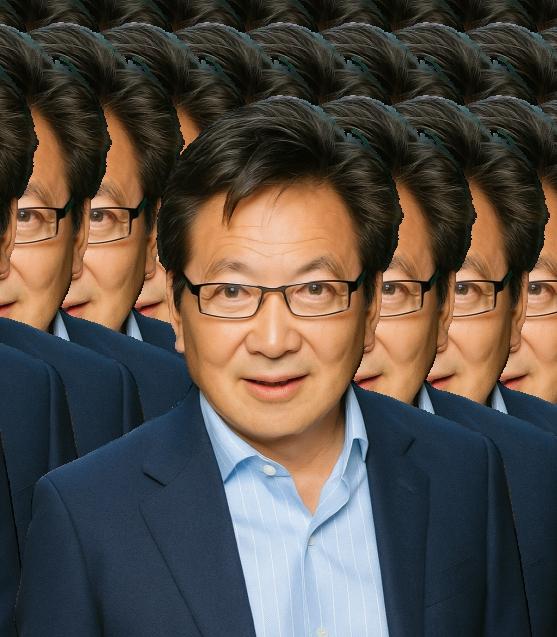

INDUSTRY INSIGHTS
Adaptive Leadership Navigating Complexity with Clarity

INDUSTRY INSIGHTS
Leadership Disrupted What Comes After Hierarchy?

Managing
Art
Business
Business
Digital
Co-designer
Marketing

Technical




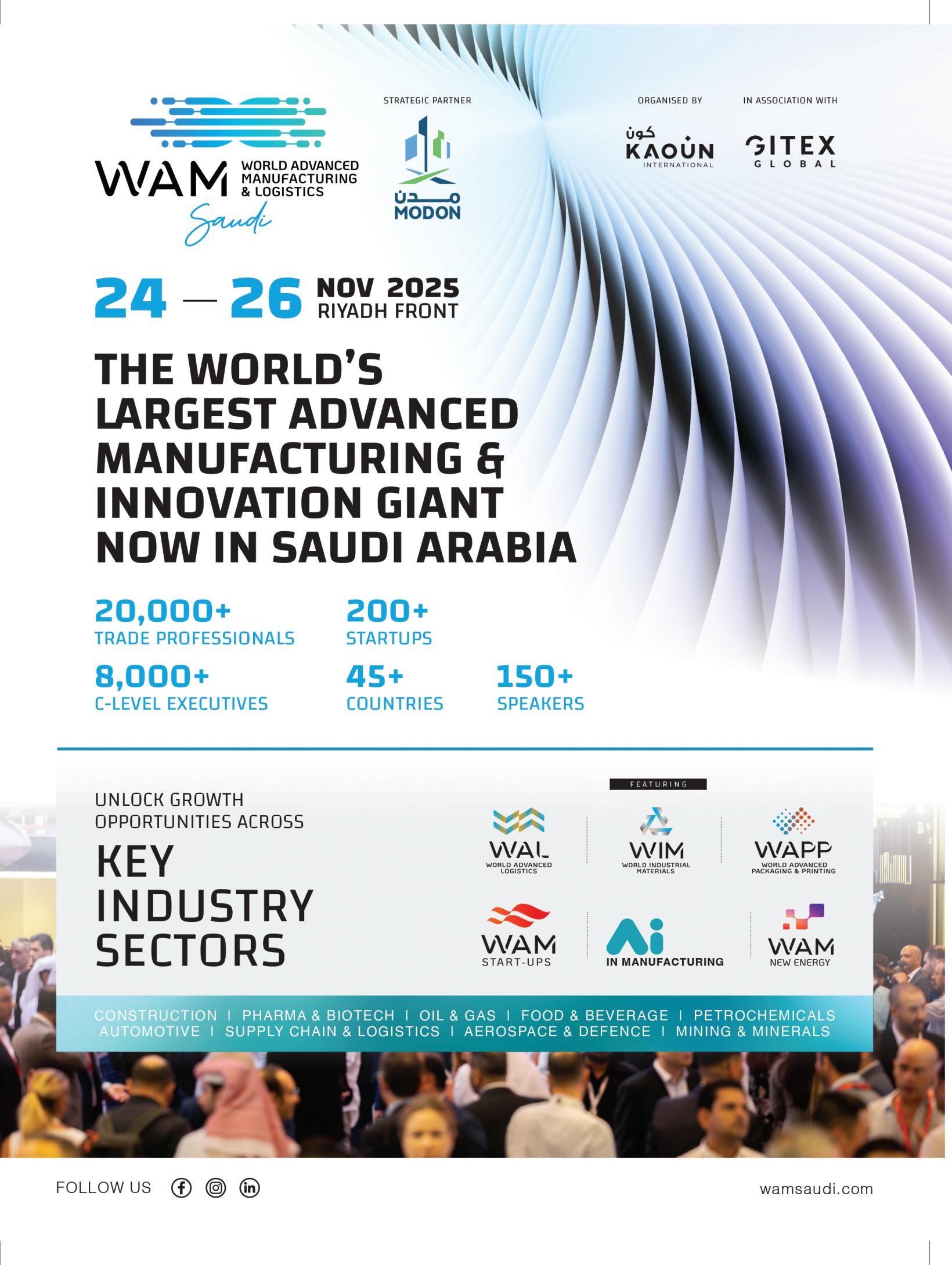
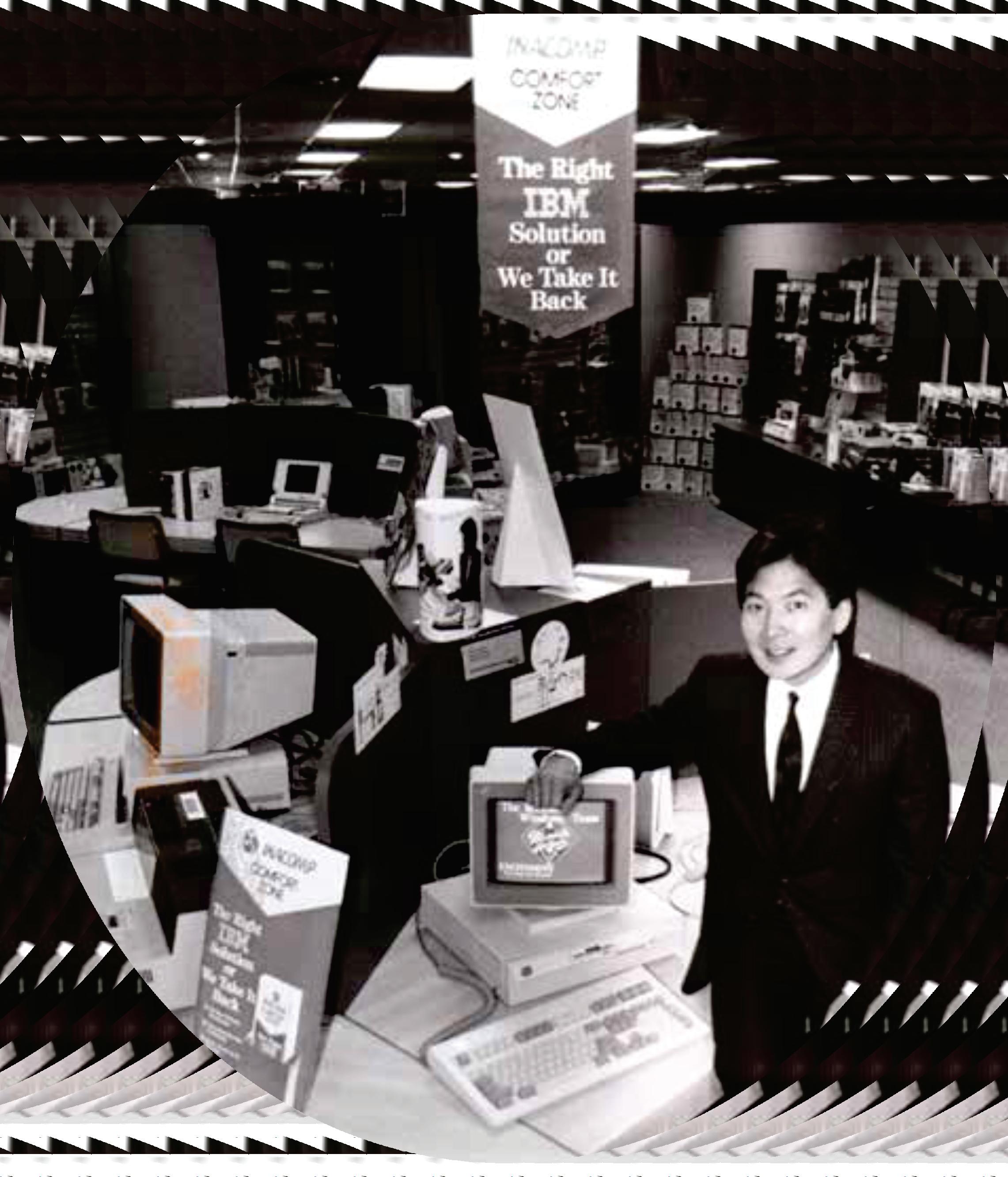
Rick Inatome Chairman, Léman Manhattan Preparatory School and Founder, Collegio Partners


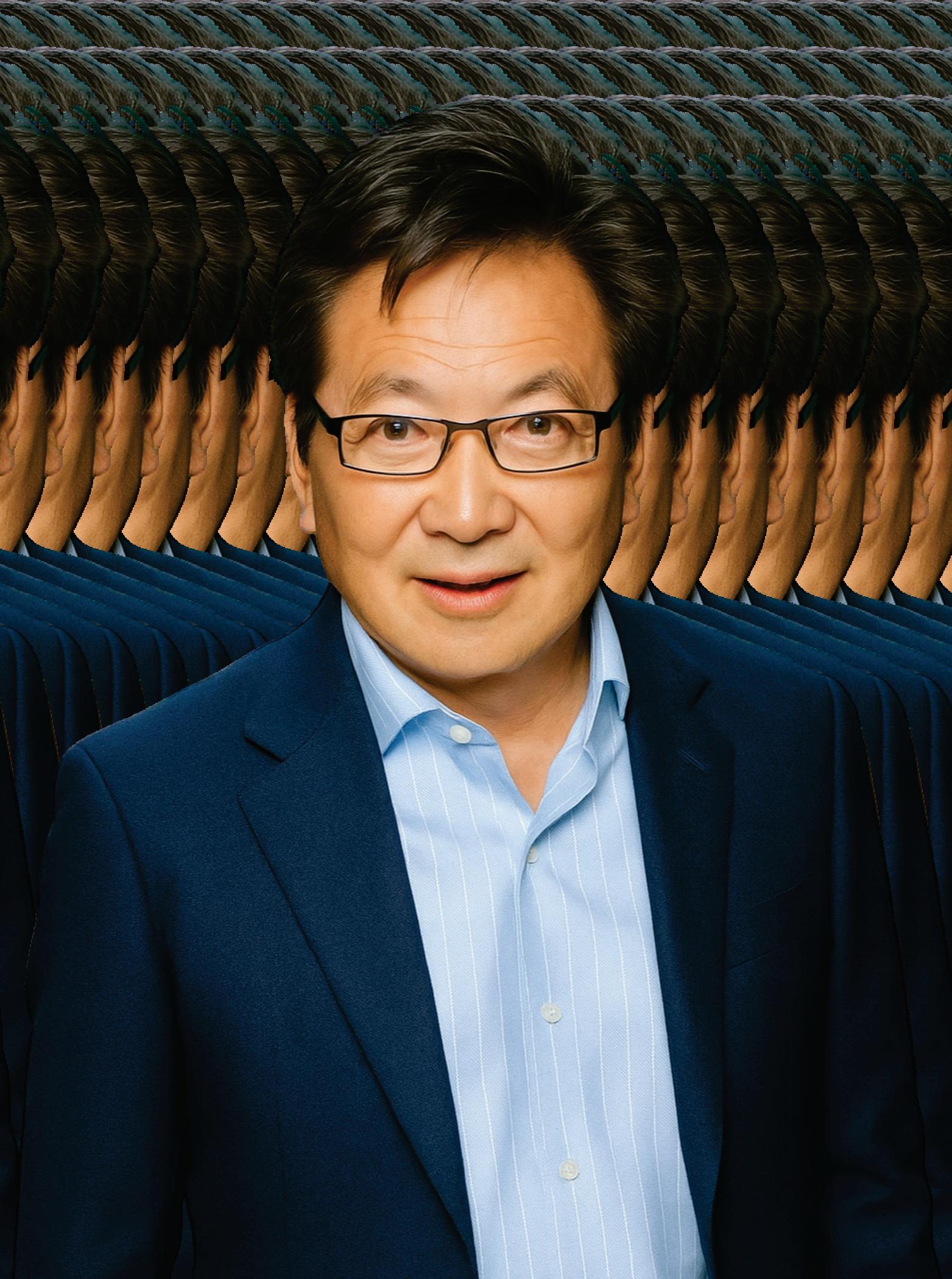

The question is not whether to embrace AI or not to embrace AI. The question is not even how soon a companymustadoptit.Therealquestionishowthey, asanorganizationalculture,canreallyadapttoit.
To answer this most crucial question, we need a charismatic entrepreneurial mind bearer who has seen it all and solved techproblemsalltheirprofessionallife.
Welcome, Rick Inatome. He has spent decades at the crossroads of disruption from the personal computing revolutionalongsideSteveJobsandBillGatestotoday’sAI transformation. But ask him about leadership, and he won’t start with strategy or technology He’ll start with something morefundamental:thewillingnesstochangeyourselffirst
As Chairman of and Léman Manhattan Preparatory School Founder of , Inatome helps institutions Collegio Partners prepare for the AI era not by installing new tools, but by transformingtheculturesthatwillusethem.Hisphilosophyis simple. Technology opens doors, but people with adaptive, values-drivenculturescanwalkthroughthemmoreeasily
Humility-BasedLeadershipIsKey
Obviously, the first question that comes to mind when Inatomeisinfrontofyouishowhehasledthroughmultiple waves of disruption, including personal computing, the internet, and now AI And how has his perspective on leadershipevolvedoverthattime?
When we asked those questions, Inatome’s eyes wandered backinthepast.Theanswercameinstantly.“Learning from great leaders has taught me that humility-based leadership trumps everything else that drives productivity and progress. This is especially so as we become more dependent upon AI, because it lacks the human aspect of leadership. It is incapable grasping the nuance of emotion, and we must find ways to maintainhumanconnectivity.”
In tech, Inatome learned from others to see futures many couldn’t yet imagine. In business, he learned to make those visions real. “But education? That changed me and today, withAI,Iseeitastheprimarymeansbywhichwecanreverse some of the troubling impacts of modern technology upon younger generations. The one teacherto 30 students model of education today has not changed much since when I was in school. But educators increasingly must struggle with young minds that, in addition to the explosion of autism, dyslexia, and ADHD, have been wired by technology-fed dopamine loops AI provides technology that can facilitate the
Technology opens doors, but people with adaptive, valuesdriven cultures can walk through them more easily.
individualized breakthroughs educators need in this challengingenvironment.
Andheisright,asAIisreshapingeverything,everywhere,all atonce,conventionalboundariesgeterasedintheblinkofan eye.Next,whenaskedwhatmakesCollegioPartnersdifferent from traditional consultancies, Inatome says that many leading consulting firms are at risk of becoming obsolete in the era of AI “We are in the uncharted waters of transformativetimes.”
“And we start with a simple truth.” Technology without cultural transformation is a waste of opportunity Inatome adds that before he and his team talk about implementing transformativenewtools,theymustfocusonwhetherleaders are ready to transform themselves first. Because an institution’sreadinessmirrorsitsleaders’readiness.
Theyalsobringtheresourcestofinancerealchange,notjust workshops and reports, but the sustained work of shifting mindsetsandprocesses.“Our goal isn’t to help organizations ‘use’AI,buttohelpthemredefinewhatsuccesslookslikeinan AIworld.”

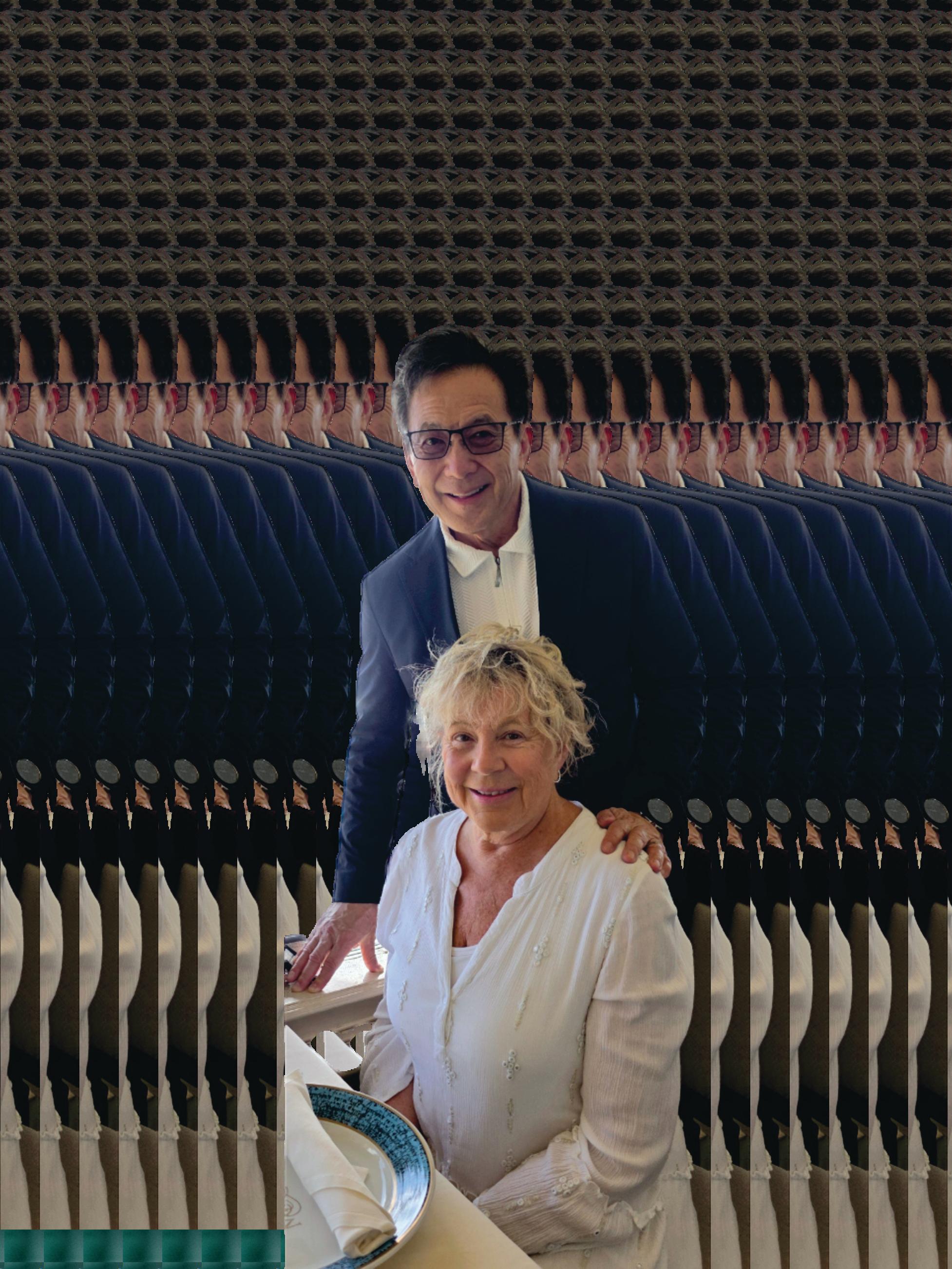

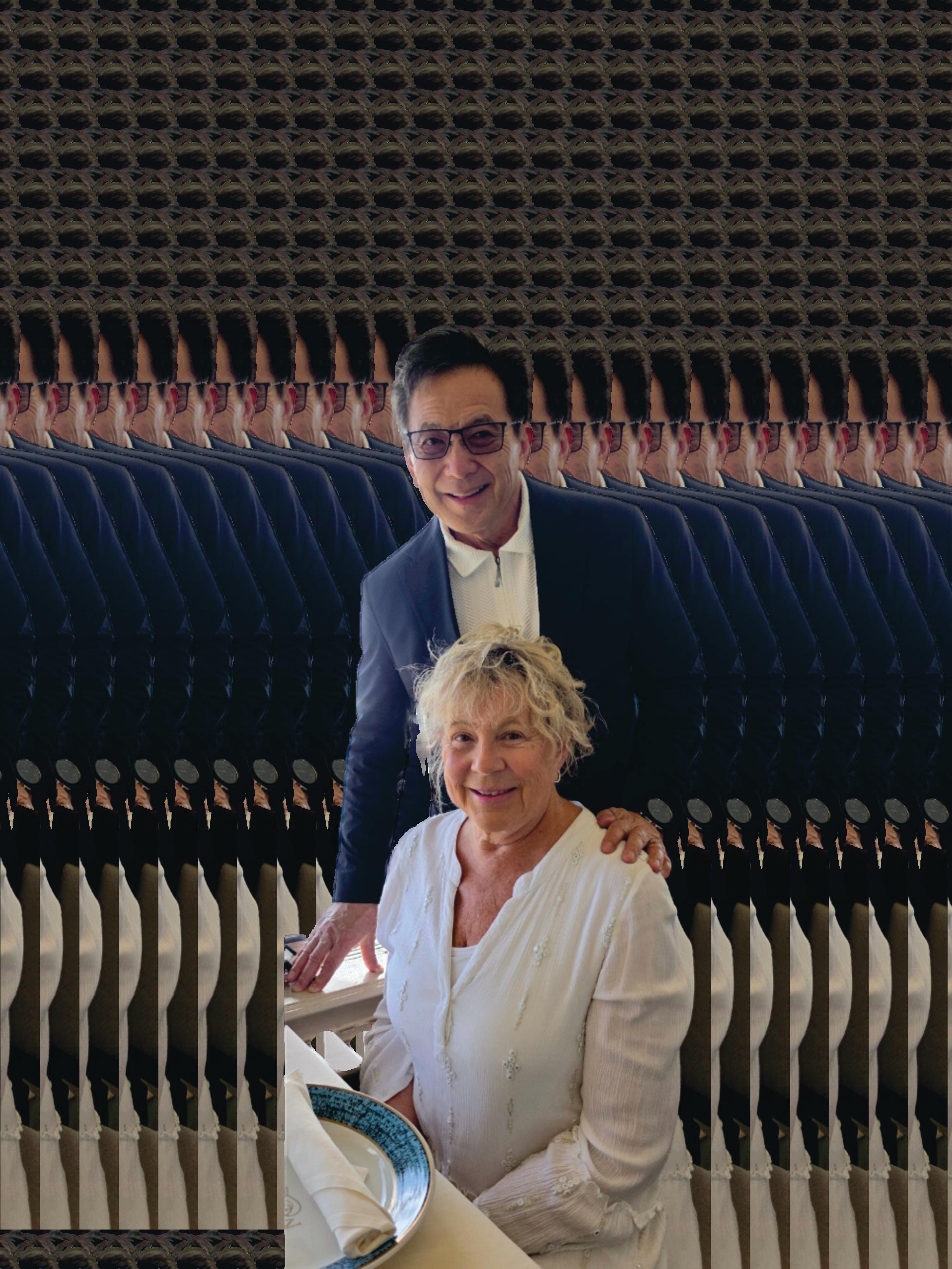

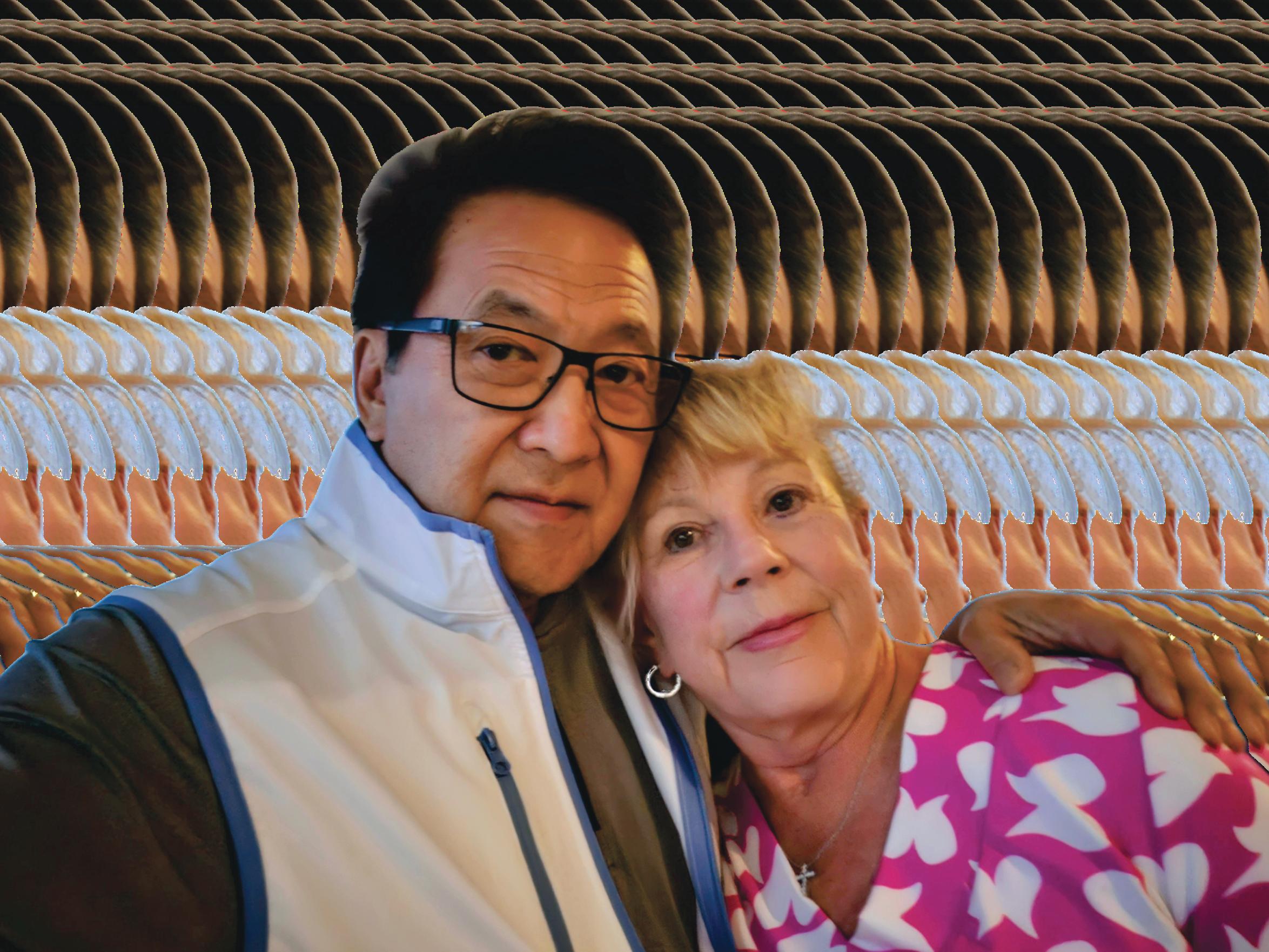


If people fear that AI threatens their jobs, they’ll resist it. If they see it as a partner in solving problems by creating bonds with others and creating value, they’ll embrace it.
Inatomeoftensaysthatpersonaltransformationcomesbefore organizationaltransformation.Inpractice,hemeansbyitthat change is deeply personal before it’s organizational. Too manyleaderstreattransformationassomethingthathappens ‘out there’ to ‘somebody else.’ “They forget that the real battlegroundisbetweenourears.”
Inatome learned this important lesson from his father “My father was born an American citizen, but during WWII, his family lost everything in the internment camps. At an age when bitterness would have been justified, he enlisted in the U.S. Army to prove his loyalty to the country that had wronged him. When we moved to Detroit and a real estate agent returned his check, tears in his eyes because neighbors wouldn’t let a Japanese family move in, he still chose dignityoverresentment,”heshares.
IntheAIera,theimportanceofconventionaltechnicalskills keepsshrinking.ThemostimportanttraittoleadAIinitiatives ishuman.Whatenduresisthecapacitytolearn,unlearn,and relearn, and to model this habit for your teams. If a leader hasn’t embraced that discipline personally, their resistance willspreadthroughouttheorganization,claimsInatome.
At Léman Manhattan, he champions the ‘favorite teacher model.’Explainingit,Inatomerecallsthatonhisfirstdayof fifth grade, his teacher walked into class -- a tall, distinctive man who wrote "Mr Smigel" on the chalkboard. Then he turnedaroundandsaid,"MyrealnameisSmigelski,butmy father changed it because he grew tired of enduring all the dumbPolackjokes."
HiswordsstruckInatomelikelightning.Hereveals,“Wewere the only Japanese family in that school, and my father had changed the pronunciation of our name to sound less ‘Japanese Mr Smigel seemed to understand the shame of my story without me having to tell it. Throughout that year, he brought out something in me I couldn’t see in myself. He became my favorite teacher not because of what he taught from textbooks, but because he made me feel capable of more.”
That’s what they honor at Léman, learning happens best through deep human connection, insists Inatome. Students remember the teacher who believes in them first, not the technologytheyuseorthegradestheycanattain.AIhasthe powertoreducetheteacher’stimeonthemundanesotheycan devotetimeandattentiontoenhancingthoserelationships.He furtherexplains,“We’repreparingstudentsforaworldwhere AI will be pervasive, but we’re going to lead by strengthening itstietohumanity.”
Moreover, Inatome shares the biggest mistake leaders make whenintegratingAIintotheirorganizations.TreatingAIlike either an enemy or, even worse, a plug-and-play upgrade, insteadofseeingacatalystforrethinkinghowpeoplelearnto leadtechnologytotouchpeopleratherthanbeledbyit.
“I’ve watched leaders buy AI tools, run some training, and check the box.” But they skip the deeper work, which is leadingAItohelpinbuildingtrust,creatingtransparency,and establishing shared purpose. If people fear thatAI threatens theirjobs,they’llresistit.Iftheyseeitasapartnerinsolving
problems by creating bonds with others and creating value, they’llembraceit.
That mindset shift starts at the top and gets reinforced daily through culture. It’s not about the technology It’s about the ability to harness technology as a tool to inspire and enable individuals to actualize their full potential, emphasizes Inatome.
Whenaskedaboutlookingahead,whatpatternsdoesheseein how people respond to major disruption, Inatome says that firstcomesdenial.Manypeopleunderestimateboththescope and speed of change.Then, defensive adaptation, minimally adapting with tweaks, hoping the comfortable model survives.Someresorttosabotageinhopesofpreservingthe status quo. Only a minority jump to proactive reinvention early,andthosearetheoneswhogainthemost.
Inatomesawthisphenomenonwithpersonalcomputerswhen mainframecompaniescalledthemtoys.Hesawitinthedotcom era when businesses thought a basic website meant ‘going digital.’Now he sees it withAI. Many leaders think adopting a few tools is enough, without rethinking the workflows, decisions, and culture that determine how those toolsactuallygetused.
“Transformation rewards the curious, the courageous, and thedisciplined.Therestmaysurvive,butpossiblynot!”
Whenhestatedthis,wesawthevastnessofhisprofessional journey Whenaskedaboutthevaluesthatanchoredhis decisionsthroughoutsuchavariedcareer,Inatome notes the US Army coined an acronym –VUCA (volatility, unpredictability, complexity, and ambiguity) -- to define today’sworld.Theleadershipantidoteto these conditions begin with curiosity, integrity,andstewardship.
Courage to press himself to explore keeps him learning and open to perspectives beyond his own. A commitment to integrity ensures his decisions align with his values, even when shortcuts might be easier Stewardship reminds him that leadership is temporary
Change is deeply personal before it’s organizational. Too many leaders treat transformation as something that happens ‘out there’ to ‘somebody else.’ They forget that the real battleground is between our ears.

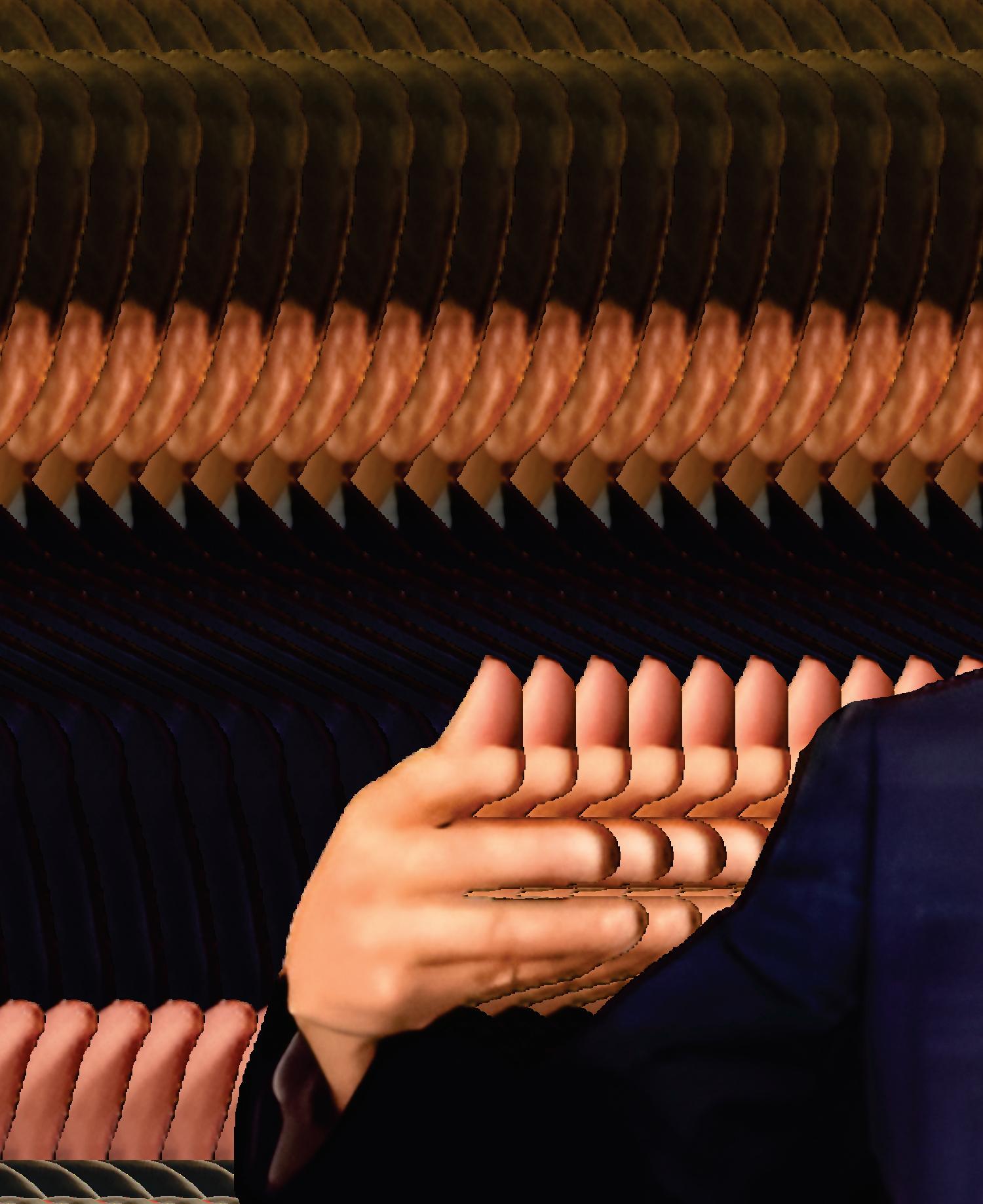

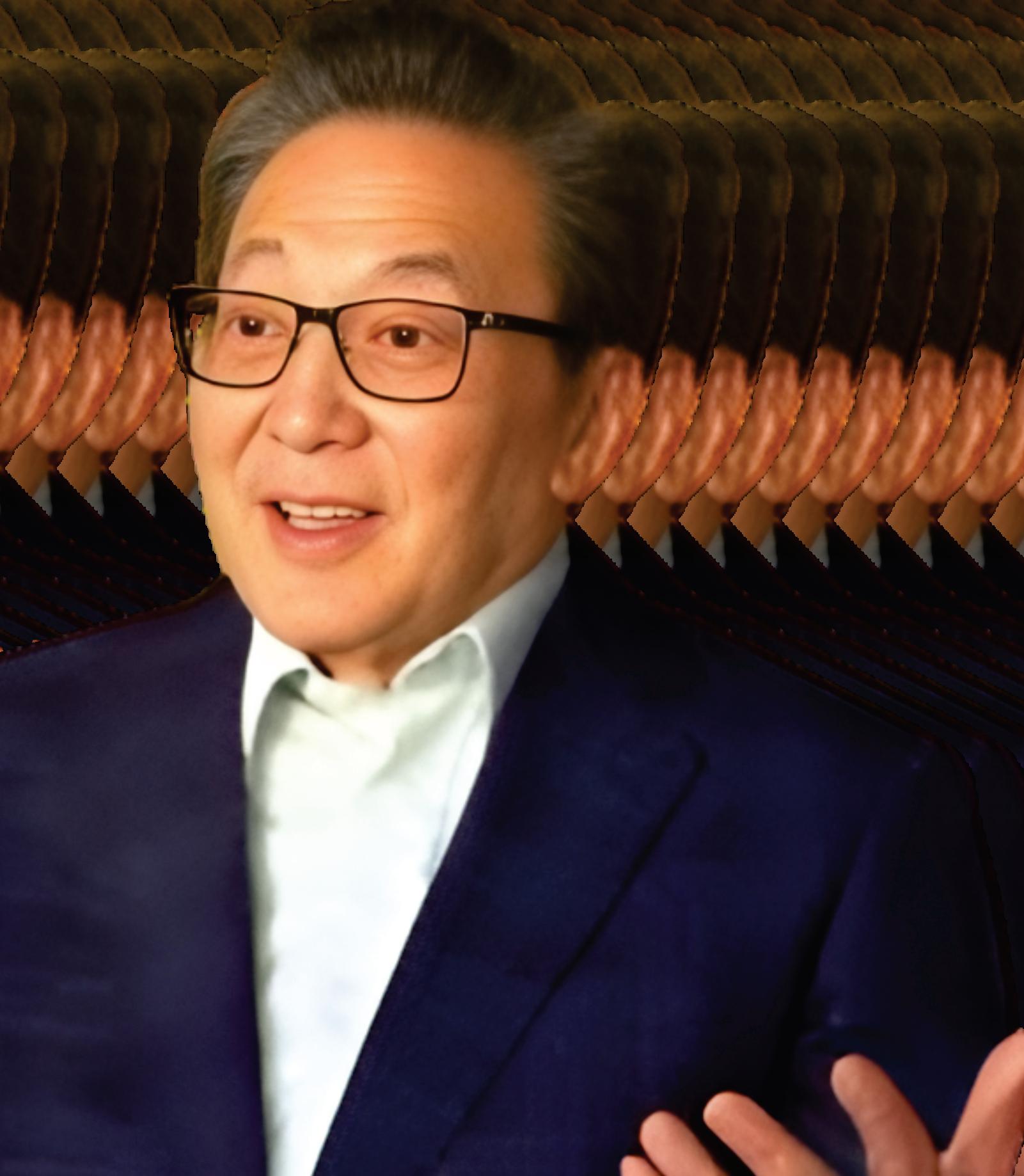

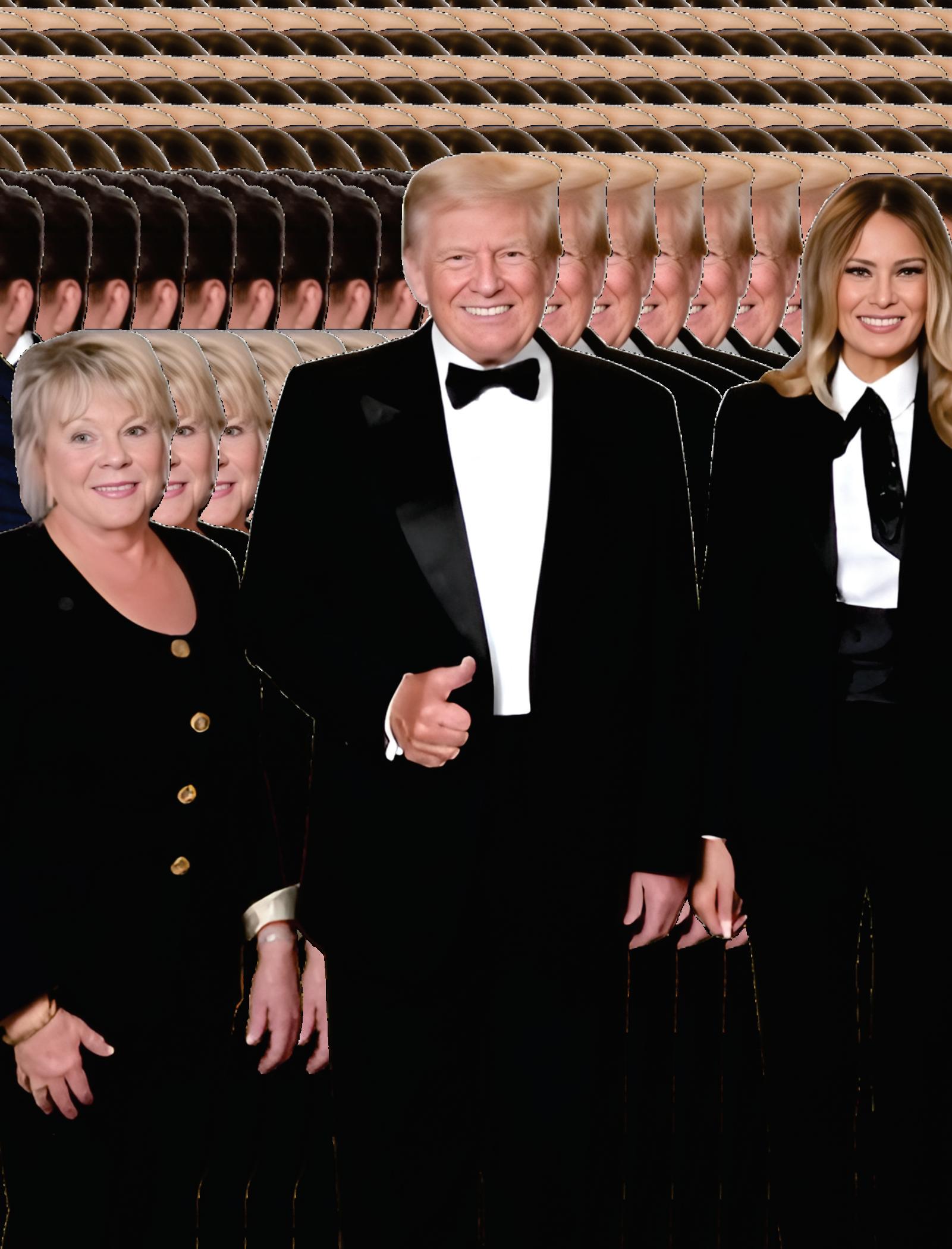


“Weholdresponsibilitynotasatitlebutintrustforthepeople andinstitutionsweserve.”
“My father taught me these lessons without saying much. His actions showed me that how you respond to injustice defines who you are. How you treat people when you have power reveals your character How you prepare the next generation determinesyourlegacy.”
InhisadvicetoleadersfacingVUCA,Inatomesays:Accept uncertaintyasthenorm.Thatshouldnotbediscouraging.It’s liberating. Build agility and adaptability into your DNAand yourorganization’sculture.
Invest in your own growth first. The more you build your emotional intelligence and expand your perspectives, the betteryoucaninspireotherstodothesame.
Finally, focus on culture as your strategic advantage Technology, capital, and even talent can be copied. But a culturethatembraceschange,encouragescollaboration,and staystruetoitsvision,mission,andvalues?That’sincredibly hardtoreplicate.
If you get the culture right, almost everything else becomes possible
AreYouReadytobeChangedForever…?
Rick Inatome’s career offers a rare perspective: seeing transformative change not as isolated waves, but as part of a continuous current.Hismessageremainsconsistentwhether he’s ushering in personal computing, guiding ventures, or helping schools navigateAI. Technology is the enabler, but cultureisthedriver
For leaders everywhere, his lesson is both sobering and energizing. The tools will keep changing, but the need for self-awareness, adaptive leadership, and resilient culture neverwill.

Organizationaldesignhasreliedonhierarchyfor decades:preassignedjobs,chainsofcommand, anddirectlinesofauthority.Thosemodels producedorder,predictability,andaccountabilitybut consistentlycutoffflexibility,chokedinnovation,and interposeddistancebetweendecision-makersandthemost closelyinvolvedworkers.
Leadershipisbeingtransformeddramaticallytoday Globalization,digitalrevolution,shiftingemployee aspirations,andinnovationcultureareredefining leadership.Thetraditionalpyramidisgivingwaytoflatter, morenetworked,andpurpose-drivenmodels.Theissueis nothowtoperpetuatehierarchy,butwhatcomesafterit.
Predictabilitywasutilizedtobuildhierarchicalleadership. Decisionswentdownward,yetinformationflowedupward. Hierarchicalmodelsprovedeffectiveinindustrieswhere stabilitywasgreaterthanspeed.Intoday'sworldof continuousdisruption,however,hierarchicalsystemsmight havedifficultyreactingwiththeadaptabilityneeded.
Rigidhierarchiesbringdecision-makingtoahalt,develop silos,andstifleworkersfromaddingvalueoutsidetheir narrowlydefinedjob.Innovationisstarvedbylayersof approval,andleadersbecomedisconnectedwiththerapidly shiftingrealitiesontheground.
Withchangeaccelerating,thelimitationsofhierarchy becomemorepronounced.Organizationsrequiremodelsof leadershipthatvalueagility,inclusion,andcollective responsibility
Thefutureofleadershipisnotaboutthedissolutionof structure,though—it'saboutrestructuring.Ratherthan controlandcompliance,leadershiptodayisallabout empowermentandcollaboration.Teamsaremore autonomous,withleadersasfacilitatorsratherthan gatekeepers.
Thisisachievedbyacknowledgingthathumanbeingsare notassetsbutvaluecreators.Whenstaffareenabledto contributeideas,toown,andtoexperiment,theywill outperformmanagedteams.Collaborationunleashesmass intelligence,withchoicesinharmonywiththeviewof manyandknow-howintheinstant.
Perhapsthemostextremetransformationofposthierarchicalleadershipistheplaceofpurpose.Without directionfromthetop,purposeiswhatkeepsorganizations together
Anopensharedpurposeallowsteamstocomeinto alignmentwithoutongoingmanagement.Itmakesthings transparentduringperiodsofuncertaintyandinforms peoplehowwhattheydoaffectsothers.Leadersnolonger requirecommitmentbasedonposition—instead,they acquireitbyaligningpeoplearoundapurposethat generatescommitment.
Withnohierarchy,trustisthecurrencyofsuccessful leadership.Leadersmustbuildspaceswheretransparency, accountability,andauthenticityarethenorms.
Trustiscreatedwhenleadersaretransparent,listen attentively,andactontheirvalues.Andalsoby equity—makingsureattention,opportunity,anddecisionmakingaredistributedinbalancedandinclusiveways. Trustworthyemployeesaremorewillingtoexperiment, questionassumptions,andinnovate.
Ashierarchywanes,leadershipbecomespeople-focused. Empathy,emotionalintelligence,andactivelisteningaren't nice-to-haves,butmust-haves.
Workersthesedaysarenotjuststarvedforpaybutalsofor well-being,balance,andmeaninginwork.Leadersableto integratetheirpassionstogetherpropelgreaterengagement andcommitment.Disruptioninleadershiphereisthenmore thanstructural;it'scultural,people-orientedratherthan process-oriented.
Itishardforthisshiftfromhierarchicaltoadaptive structures.Leaderswillnotgiveupcontrol,and conventionalstructure-boundworkerswilldislikemore freedom.Thereissloppydecision-making,andgroups breakapartwithoutfirmleadership.
Thebalanceiseverything.Shapingisstillnecessary—it justneedstobemoremalleableandpliable.Some boundariesneedtobedrawn,somedirectionprovided,and someresponsibilitytakenwithanopeninguptoexperiment andco-authorship.
Futureleadershipwillnolongerbehierarchical,but networked,systemic,andofsharedpurpose.Powerwillbe lessafunctionofroleandmoreofexperience,credibility, andthecapacitytoenergizeandinspireothers.Itwillbea matterofhoweffectivelyleaderscanorchestrate cooperation,optimizediversity,andnavigatecomplexity.
Disruptingleadershipisnotaboutgivinguponorderbut aboutcreatingnewformsofit—formsthatareagile,plural, anddrift.Leadersinthefuturewillnotbemeasuredby whattheycontrolbutbywhattheycreatespacefor.
Whattakestheplaceofhierarchyisnotanarchybut transparency—transparencyestablishedbysharedpurpose, trust,andcommonownership.Upside-downleadershipis redesigningleadership:lesscommandingfromthetop downandmorefacilitatingadvancementfrombelow
Asbusinessesandcommunitiesevolveandrequiremore inclusivenessandadaptability,themostsuccessfulleaders willbethosewhogobeyondhierarchytoadopt collaboration,compassion,andflexibility Thepyramidwill notbethere,butratheramorefluid,human-centeredmodel ofleadershipbasedonpurpose,notauthority



Leadershipthesedaysisnotstatichierarchiesor standardizedsolutions.Thepaceof change—becauseoftechnologydisruption,shifting markets,andshiftingsocialnorms—demandsleaderswho canrespond,pivot,andre-targetinrealtime.Andthatis whereadaptiveleadershipemergesasthebestmodel,which enablesindividualsandorganizationstothriveinconditions ofuncertainty.
Adaptiveleadershipisnotaboutpowersomuchasitis aboutflexibility.Itallowstheleadertoviewchallengesnot asobstaclesbutasopportunities.Inshort,itisabout managingcomplexitywithclarity—aligningpeople, processes,andpurposeinawaythatconstructsresilience andsustainedgrowth.
Unlikethemorematuremodelsofleadershipthathintedat stabilityandcontrol,adaptiveleadershipacknowledgesthat disruptionisinevitable.Insteadofsteeringclearofit,
adaptiveleadersmoveforwardwithit,encouraginga learning-first,experimentation-driven,andresilientculture.
Theyarenotsolutions-oriented.Instead,theychallenge theirteamstoco-learnsolutionsalongsidethem,building ownershipandaccountability Thatenablesorganizationsto tackletechnicalcomplexityaswellasadaptive complexity—issuesthatconcernshiftsinthinking,values, andculture.
Resilientleadersremainunruffledinchaoticsituations. Theytakeobstaclesasanopportunityforreflectionand reshapingandnotfailure.
Theymanageindividualsinasinceremanner, understandingthatflexibilitymeanstrust,empathy,and opencommunication.
Theyunderstandhowdifferentcomponentsofan organizationareinterlinked,whichmakesthemanticipate rippleeffectsandmakedecisionssatisfyingtheshort-term requirementsversusthelong-termgoals.
Adaptiveleaderspivotquicklywhenthetimedemandsit, allwithoutlosingsightofthebiggerpicture.
Theydonotgiveordersbutinsteadcreatespaceswhere teamsexperiment,learn,andassisteachotherinmoving forward.
Thinkaboutthewayfirmsrespondwhentheyarein difficulty Whenoutsideshocks—eithereconomiccrises, supplychaincrashes,ortechnologyrevolutions—hit, traditionaltop-downleadershipfalters.Adaptiveleadership worksinthosecircumstances.
Leaderswhocollaboratewiththeirteamsopenly,seek numerousopinions,andco-designplansarebetterplacedto adjustthanleaderswhoattempttoimposestringent solutions.Throughthisparticipativeapproach,firmscan stayalignedevenwhenthewayforwardisunclear.
Adaptiveleadershipisalsocentraltodigitaltransformation. Theimplementationofnewtechnologycanoverwritewhat alreadyexistsandrequireculturalaswellastechnical adaptation.Leaderswhowanttoleadpeopleintothe unknown—aregreaterthanforceadoption—canmake transitionsimplerandmoreeffectiveinthelongterm.
Adaptationisnotstrategy,it'sculture.Adaptive organizationsvaluecuriosity,learning,andopenness.They lovevariedinputbecausetheyknowthatchallenging problemsrequireinputfromseveraldisciplinesandsources.
Adaptiveleaderscreatesuchaculturethroughexample, withhumility,transparency,andopenness.Theyempower employeestosharetheirvoice,sharetheirideas,and experimentwithoutfearofmakingmistakes.Throughthis,
theycreateanenvironmentthatnotonlyrespondstochange butalsoanticipatesanddrivesit.
Thougheffective,adaptiveleadershipisnoteffortless. Adaptivechangetakesalotoftimesinceittypically accumulatesincrementally.Itrequiresleaderstorelinquish control,somethingthatcanbedetrimentaltoleaderswho havegrownaccustomedtodirectiveleadership.Itputsa heavyvalueonongoinglearning,soleadersmustbe preparedtobechallengedthemselves,too.
Itisdifficulttoovercomethem.Leadersmustbalance givingclarityofpurposeandafreehand,beingresponsible forsomeonebutnotrestrictiveofcreativity.
Withcomplexitythenewstandardinsteadoftherule, adaptiveleadershipwillbethesignatureofthriving businesses.Thosewhocreateadaptability,encourage collaboration,andleadonpurposewillbemoreabletoride outdisruptionsandexploitopportunities.
Futureleadersarenottheoneswhorunfromuncertainty, butthosewhoinviteitwithvision,courage,and compassion.Adaptiveleadershipisnotanaddiction—justa necessityforsustainedgrowthinthefaceofuncertainty
Thefutureofworkandofleadershipliesinthehandsof thosewhocansimplifycomplexity.Adaptiveleadershipisa mapfordoingthatverything—transforminguncertainty intoopportunity,disruptionintoinnovation,andcomplexity intoclarity
Byfosteringresilience,collaboration,andacultureof constantlearning,adaptiveleaderspositiontheir organizationsnotjusttoweatherdisruption,buttothrive becauseofit.Inaworldthatneedsconstantreinvention, adaptabilityisnolongeroptional—it'stheultimatetestof leadershipexcellence.









For Subscrip�on: www.insightssuccessmagazine.com
www.x.com/insightssuccess

